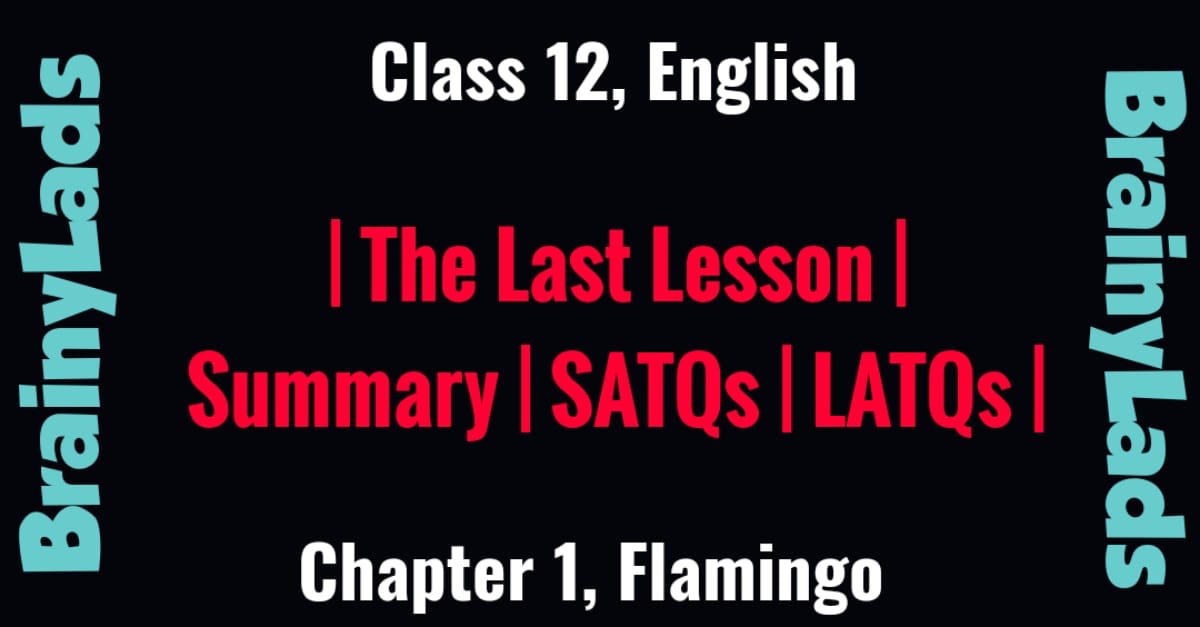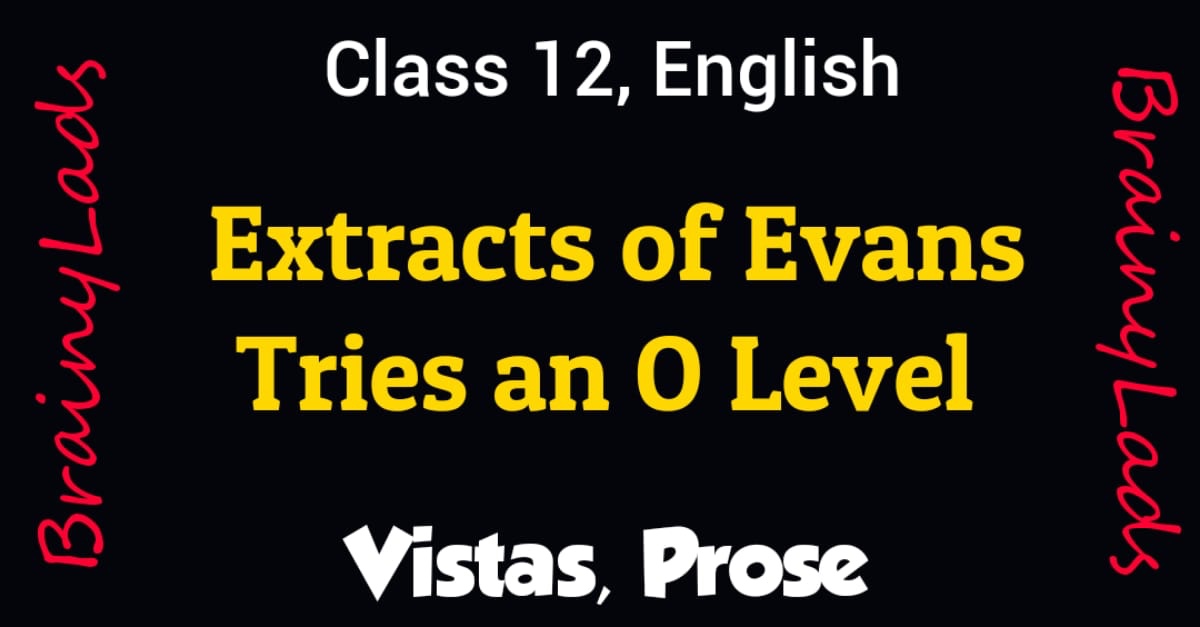An Elementary School Classroom in a slum | MCQ | Stephen Spender |
An Elementary School Classroom in a Slum Class 12 by Stephen Spender
Summary of An Elementary School Classroom in a Slum
An Elementary School Classroom in a slum by Stephen Spender revolves around the pathetic and miserable condition of the children who are living and reading in an elementary school located in the slum. In the first stanza, the poet talks about the children reading over there. One of them is a tall girl whose seems to be unable to raise her head due to unbearable pressure of grinding poverty which doesn’t let her feel confident. Besides, there is a boy who has been compared to paper due to his scrawniness. Apart from that, his eyes have also been compared to rat’s eyes which show greed in his eyes. A boy has been called unlucky heir as he has inherited a disease of twisted bones and knots from his father. Except these boys, there is one more boy who is sweet and unnoted but sitting at the back of the dim class having a dream of squirrel in his mind. He wants to be as free as a squirrel is its tree room. In nutshell, the poet (Stephen Spender) shares the condition of children studying over there.
In the second stanza, the poet highlights the condition of the walls of that slum which look like sour cream. Furthermore, he mentions about the donated pictures by the people such as; Shakespeare’s portrait, picture of dawn without clouds, an open-handed map & an Austria’s valley which is famous for bell shaped flowers. He also states that these windows are the real world of these children through which they can get to see the real world. He states the condition of the narrow lanes wherein they live and also adds that even the sky is not clearly visible from there. According to him, children have not seen rivers, mountains and many other basic things needed for survival.
In the third stanza, the poet calls Shakespeare a wicked whose portrait has no importance in the eyes of the students. According to him, the map is a bad example which only allures them to be thieves. In nutshell, he seems annoyed with the kind of things present on the walls of the classroom in the slum. He finds all of them useless for the children. He further adds that there is no clarity of thought and career in their mind, even mentions about the darkness which prevails in the slum of the students. He compares their lifestyles to catacombs which mean ‘underground graveyards’. Their bodies have nothing left in them except the bones. They are unaware of right and wrong which has been highlighted through the example of ‘wearing spectacles of steel with mended glasses’.
In the fourth stanza, he requests the governor, inspector and visitor to do their work sincerely and take these children out of the slums. He wants them to destroy the slums as well as everything present over there as same as the death and destruction do. He wants open and free environment for the children and asks for blue sky and gold sand which also symbolize the freedom. According to the poet, only the educated people can create the history and change the world. So he wants all these suffering children to come out of the slum and make history as well.
RELATED
Short Answer Type Questions of An Elementary School Classroom in a slum
Q1. What is the condition of children studying in slum?
Ans. The condition of children studying and living in slum is very miserable. Most of them are underdeveloped and suffering from malnutrition. There is a tall girl who is unable to raise her head due to poverty whereas there is a boy who is too lean to lift his weight. He has hunger in his eyes which has been well compared to rat’s eyes.
Q2. What does the poet want for the slum children?
Ans, The poet wants proper education for the children of the slums as he thinks education is the only weapon that can change the course of anyone’s life. He wants neither money nor cash but a perfect environment for children to study.
Q3. How does the poet describe the classroom walls?
Ans. According to the poet, the walls of the school are not properly painted. Even they have a fading look which resembles sour cream walls. The poet compares the walls to the pale faces of children who are undernourished and underdeveloped.
Q4. Explain “From fog to endless nights”.
Ans. Here the poet wants to convey that these children live under pathetic conditions. Their whole day is spent in foggy slums and nights are tiresome and full of darkness. They make many futile efforts to survive in those slums. Their life is full of misery, helplessness and suffering.
Q5. Why does the poet call Shakespeare wicked?
Ans. The poet has no grudges with Shakespeare but he only want latter’s portrait from there as it has no significance in children’s lives who are studying over there. According to him, children of slum don’t get to learn anything from him.
Q6. What can inspector, governor and visitor do for the children according to poet?
Ans. The inspector, governor and visitor can bring positive changes in the lives of these children if they want, according to the poet. If they hold their responsibilities seriously, they can take these children out of their miserable condition. They can help in breaking the slums and building a new world for them.
Q7. Why the map on the wall is a bad example for children of slum?
Ans. According to the poet, the map which is big enough to speak for itself , is useless for the kids studying over there. It allures them to be thieves for running their miserable life wherein they have not seen such things that are present on the map such as ship, sun and love.
Q8. Explain “History theirs whose language Is the sun.”
Ans. Here the poet wants to convey that if these slum children are provided with the education in the free environment, they can also create the history as others do. The poet wants only them to be freed from congestion of the slum; thereupon they can also make wonders.
Q9. What is the theme of the poem ‘An elementary classroom in a slum’?
Ans. The theme of this poem is ‘Alienation’ wherein the poet criticizes the dual attitude of the people towards the slum children. Besides, it sheds light on the pathetic condition of children who are left uncared by the general public. No one is there to look after them.Q10. Explain “So blot their maps and slums as big as doom”.
Ans. Here the poet seems to be requesting the inspector, governor and visitor to break the slums in the same way as the death and destruction does. He wants such slums to be dashed to the ground as soon as possible for the betterment of the society and children.
RELATED
Do share the post if you liked it. For more updates, keep logging on Brainylads



